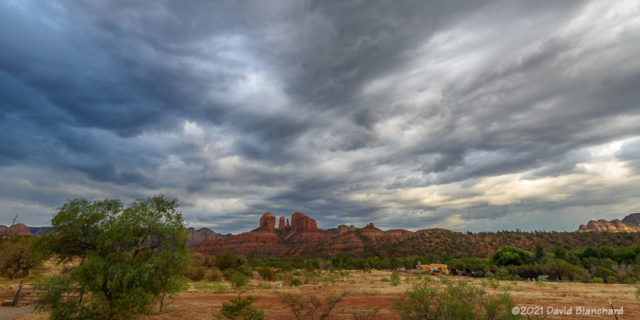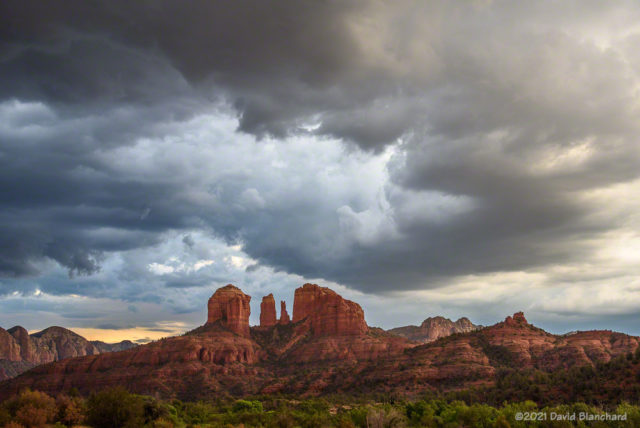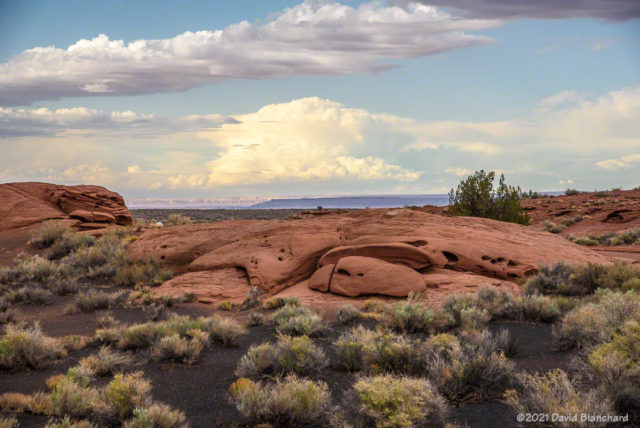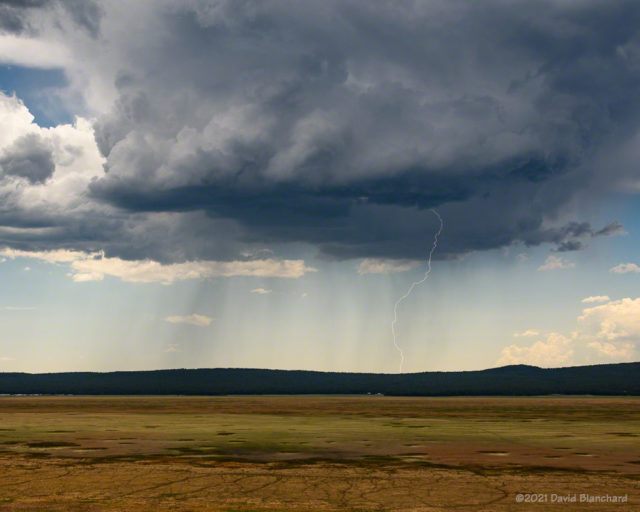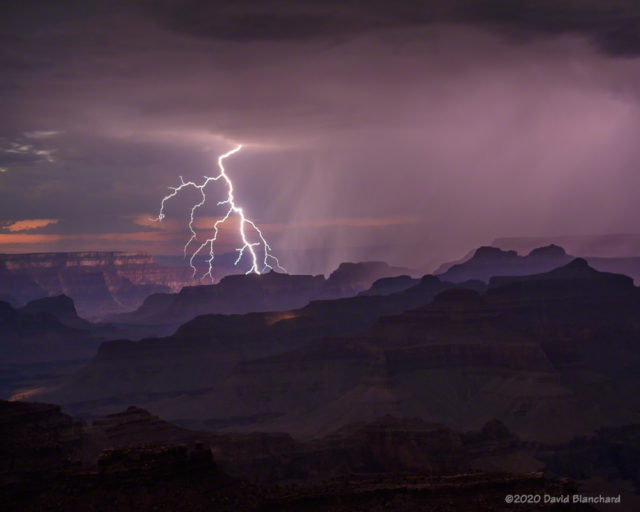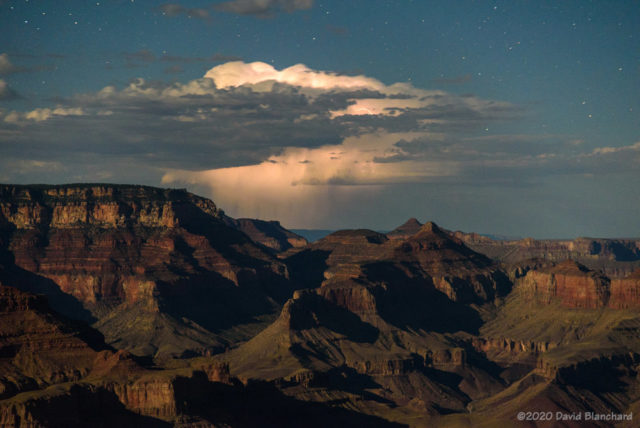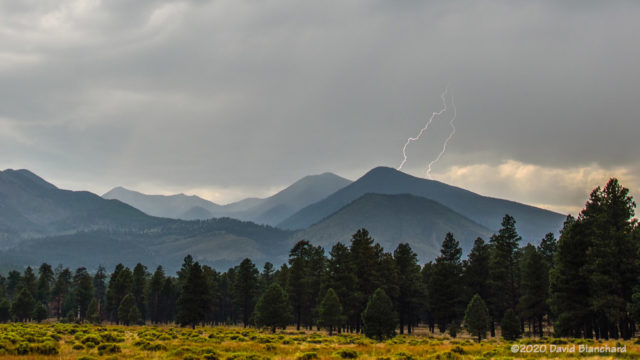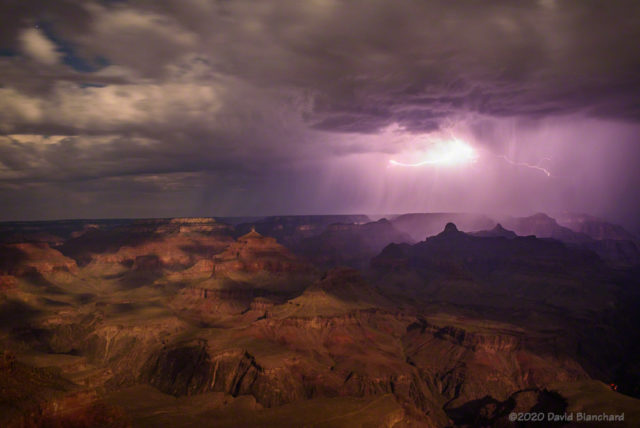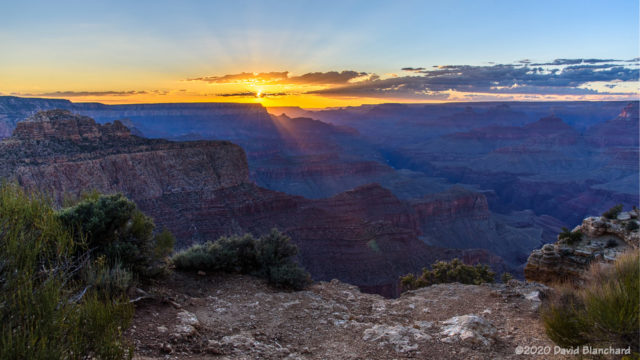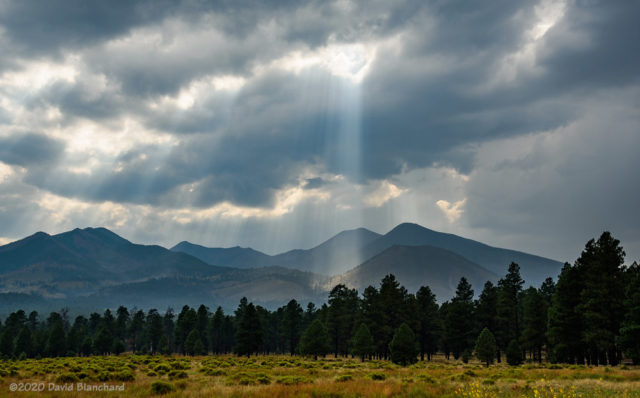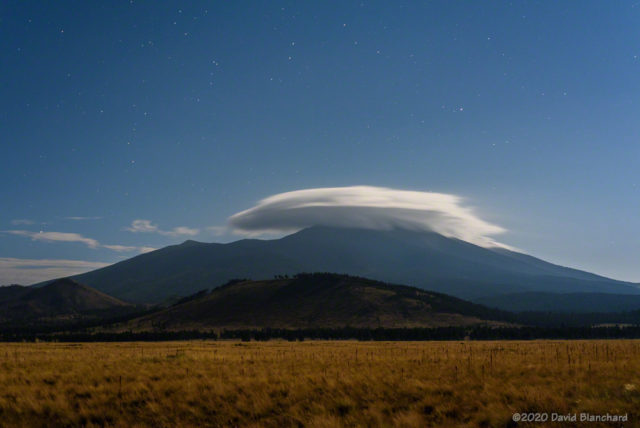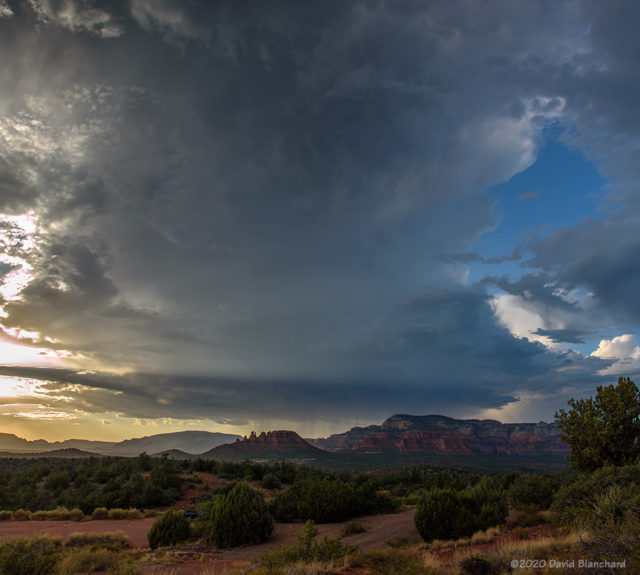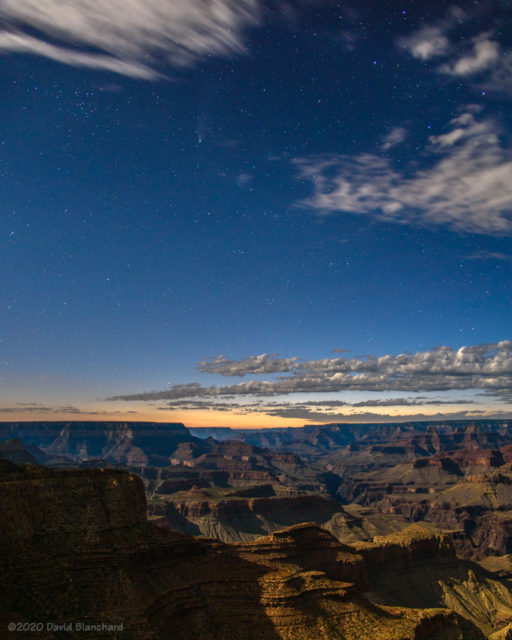The past few days have produced interesting storms across northern Arizona.
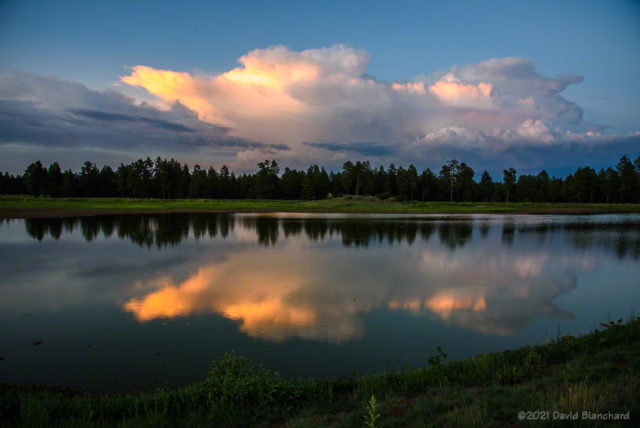
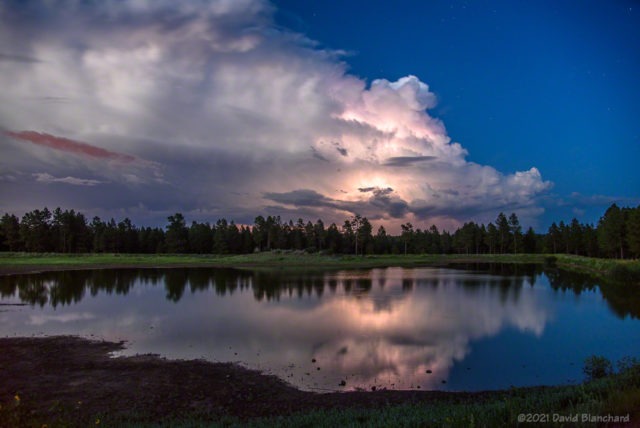
An isolated storm developed around sunset and produced both wonderful colors and lightning. Most of the lightning, however, was on the other side of the updraft so the storm instead was lit from the inside like a lightbulb. The storm colors and lightning was nicely reflected in the waters of the Kachina Wetlands.



A few days later a large line of convective storms moved southwestward across the state and produced a haboob in the lower (and drier) elevations. As the leading edge of the rain-cooled air moved across the San Francisco peaks the clouds quickly enveloped the mountains. About an hour later, the shelf cloud arrived in Sedona and new storms began to develop.
